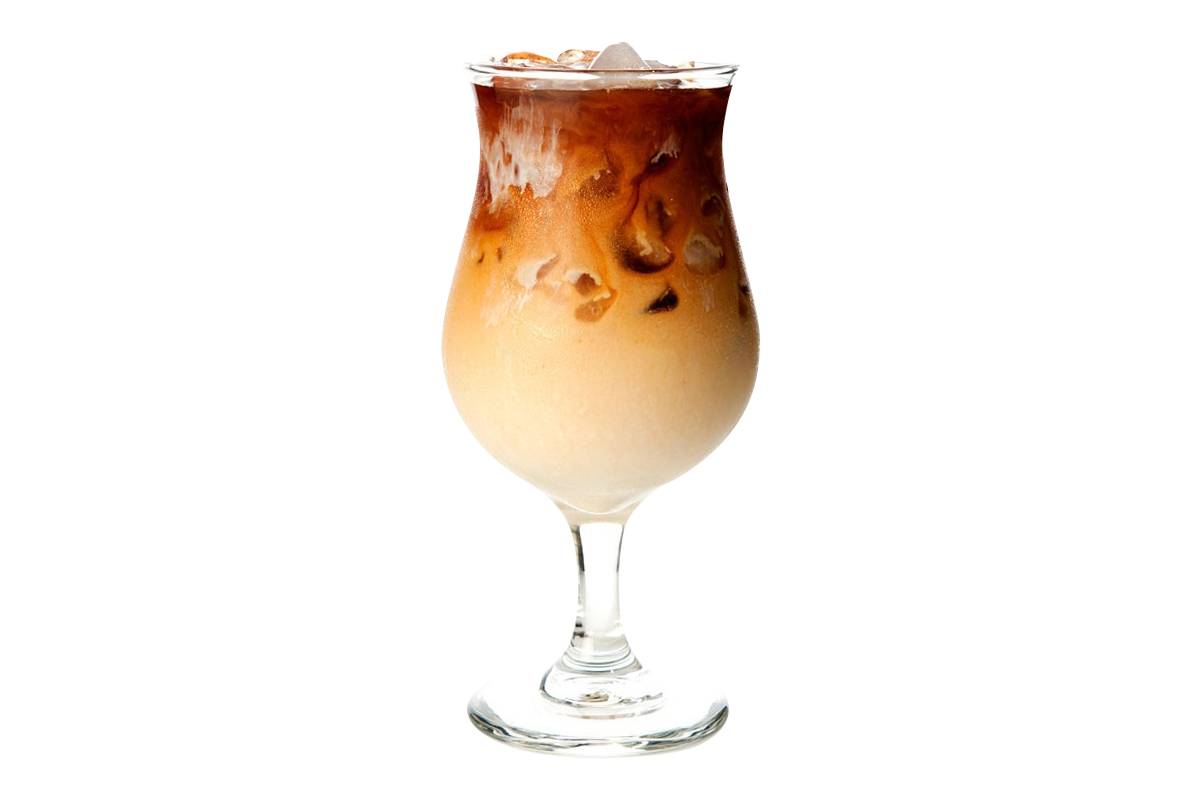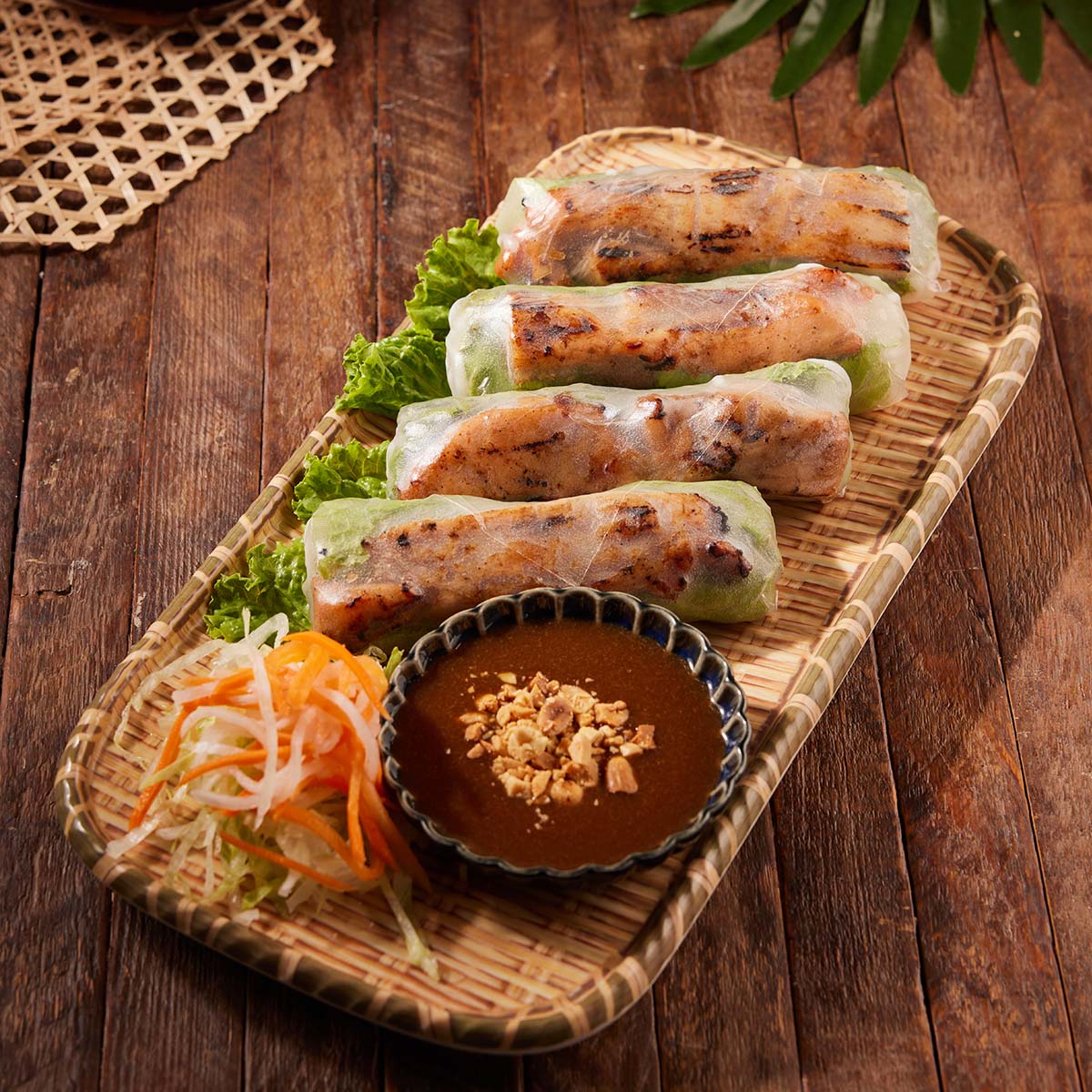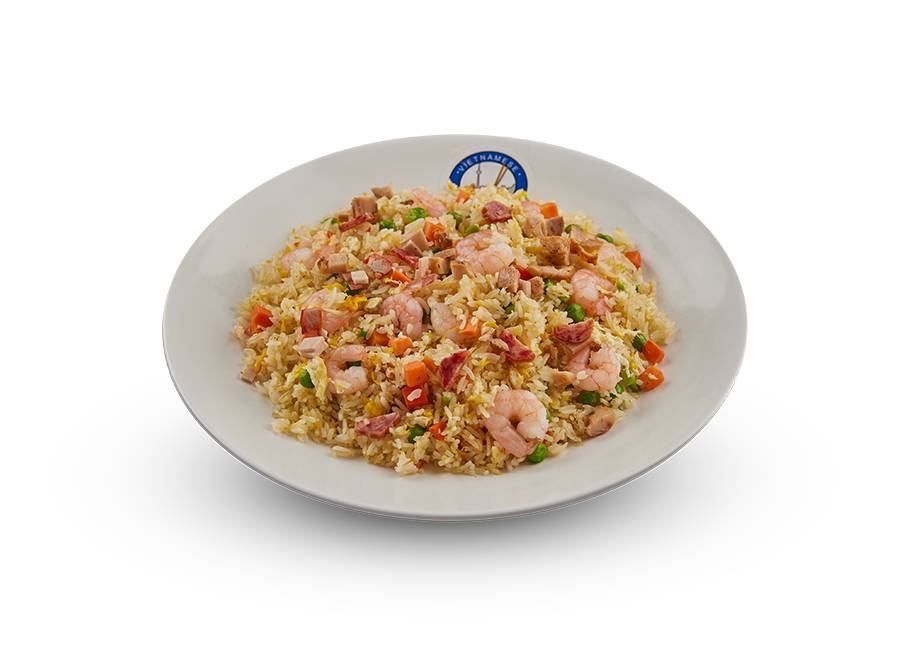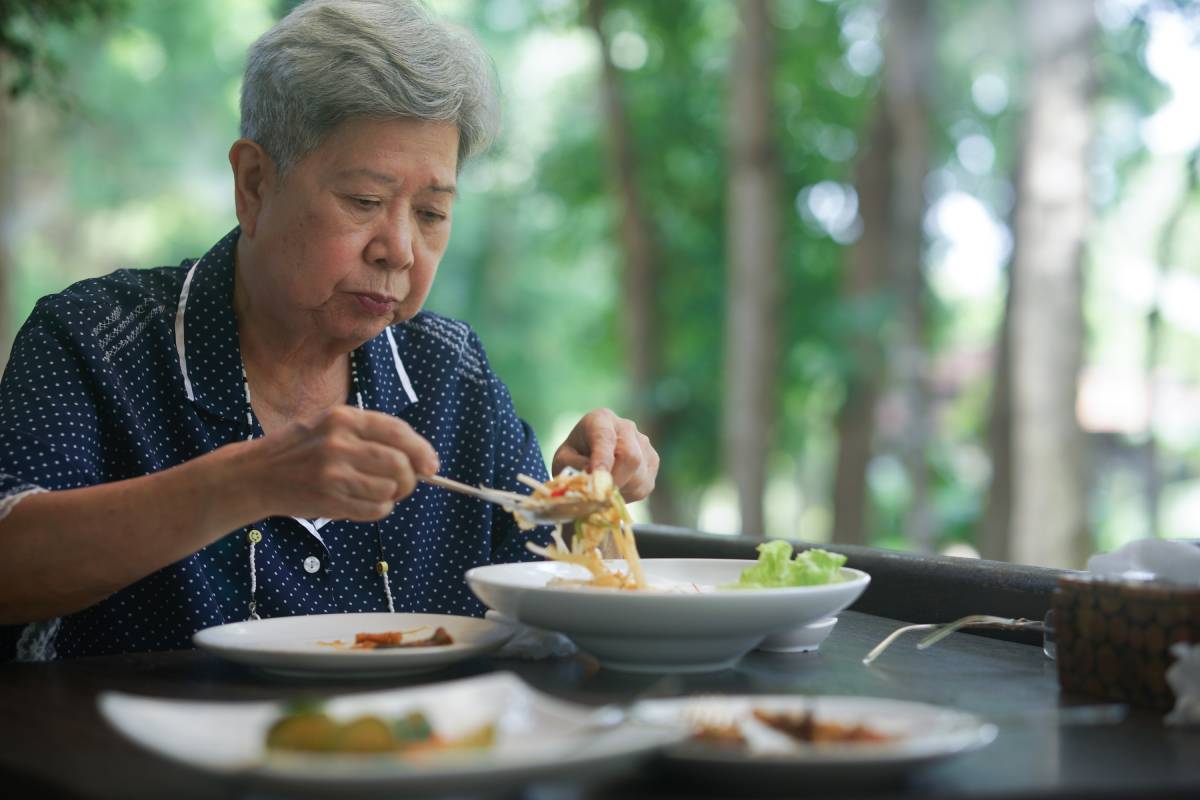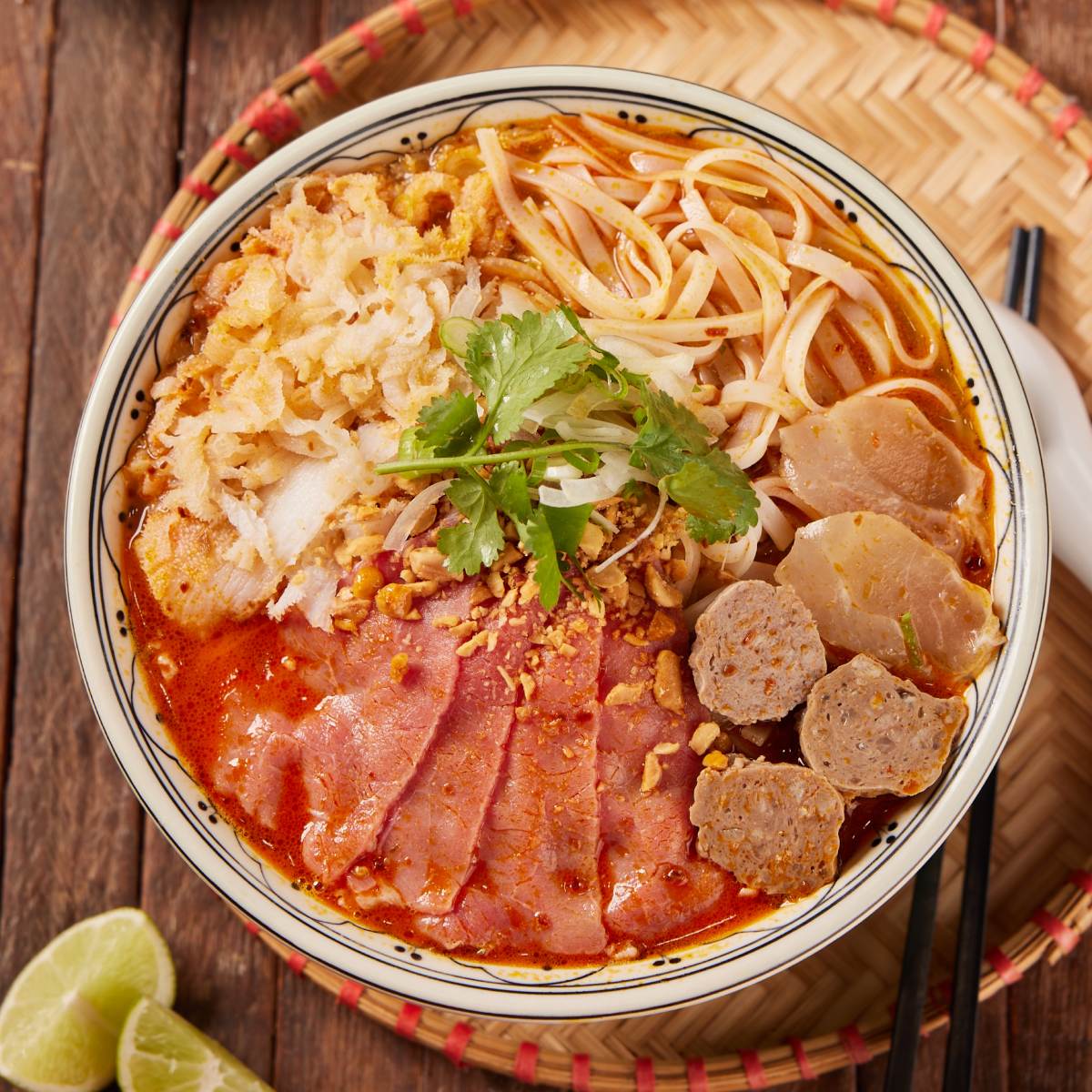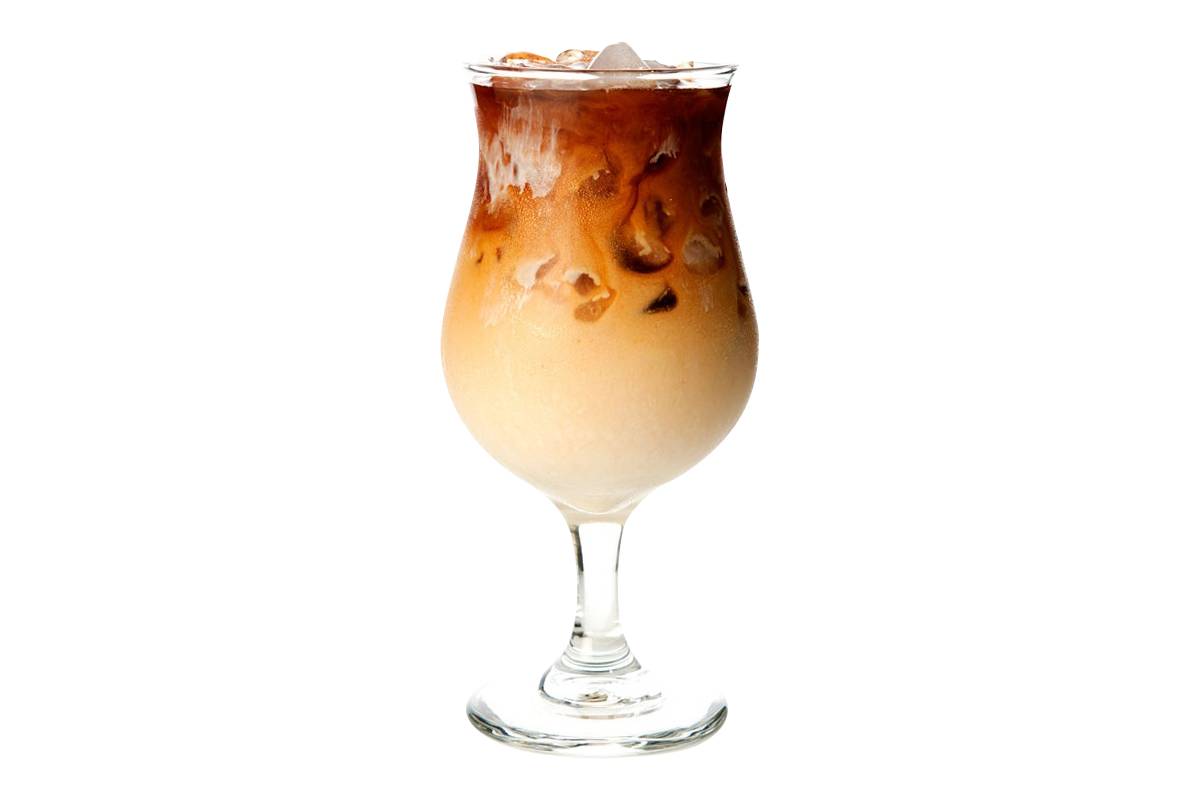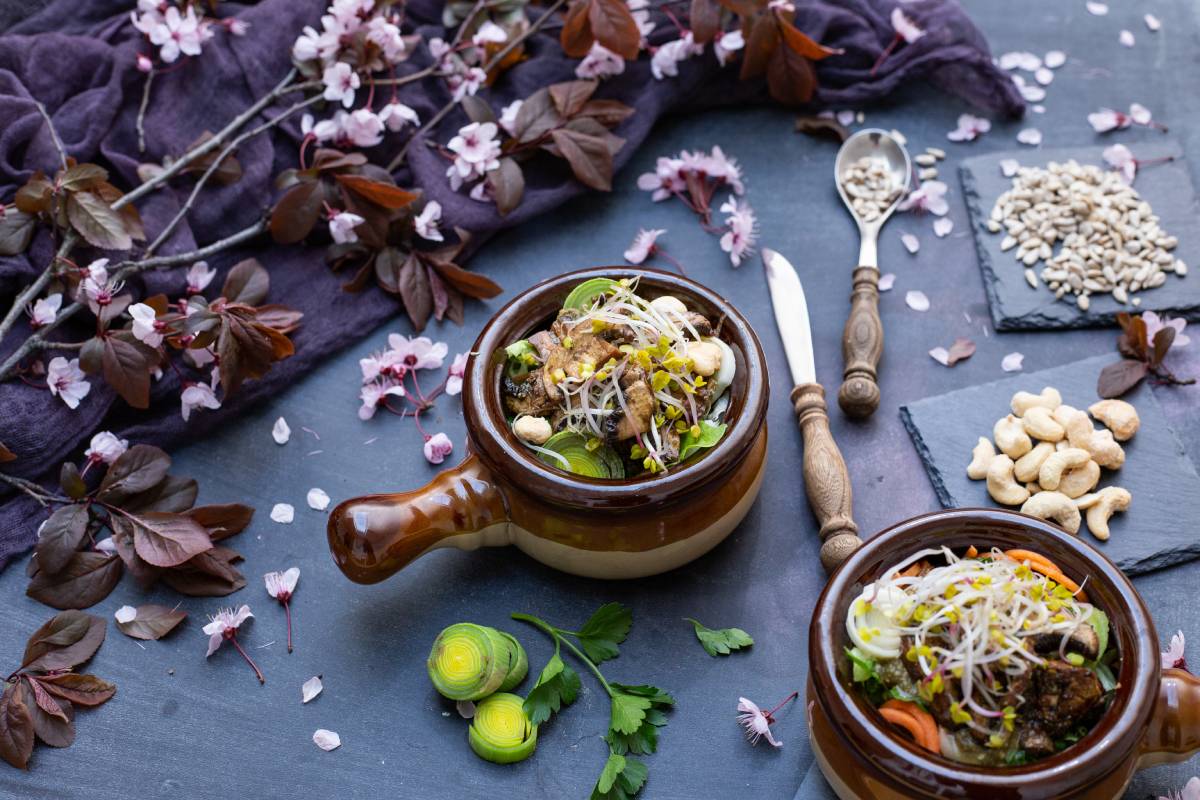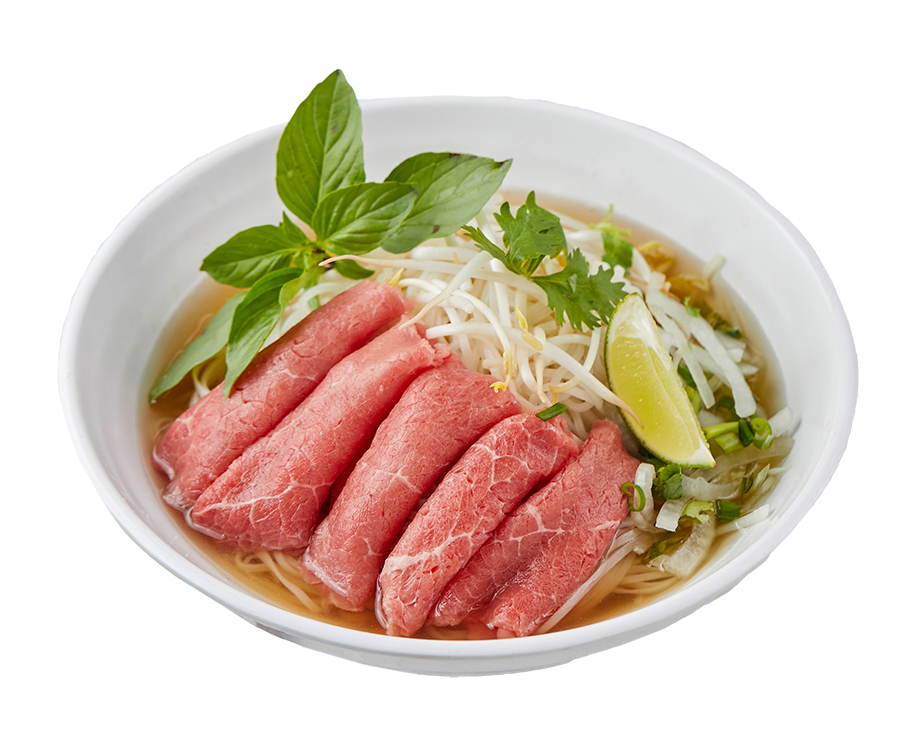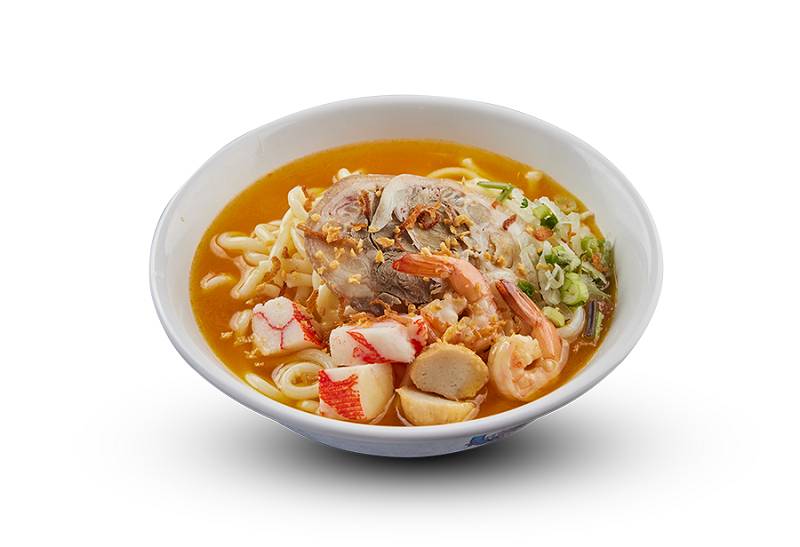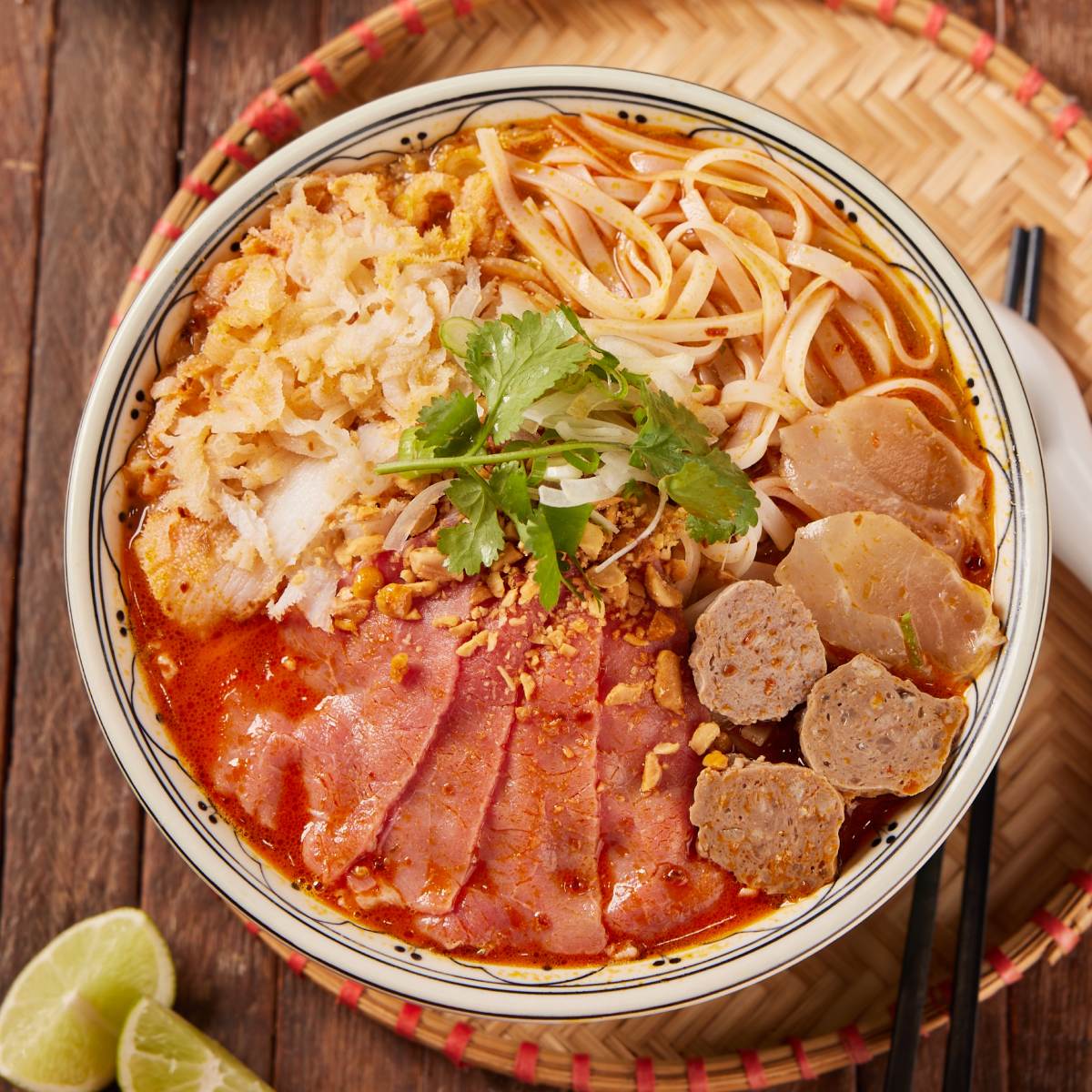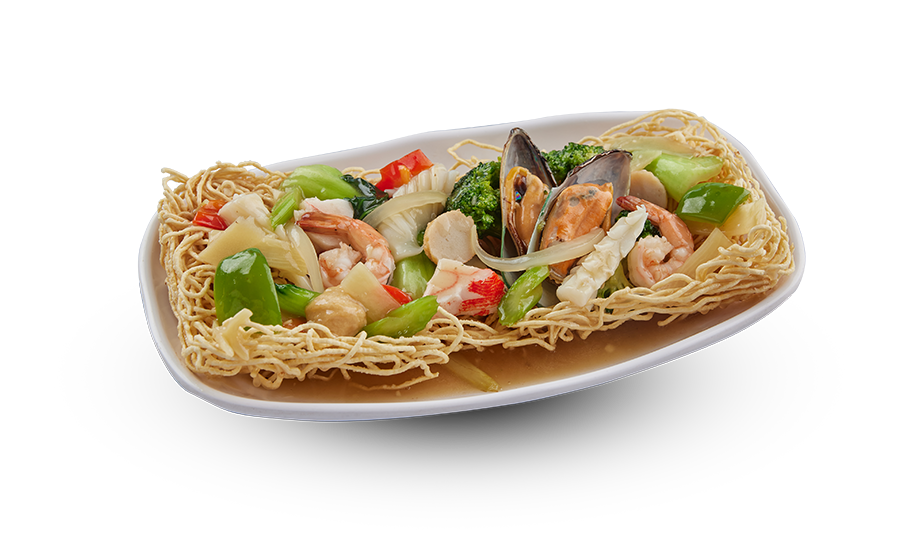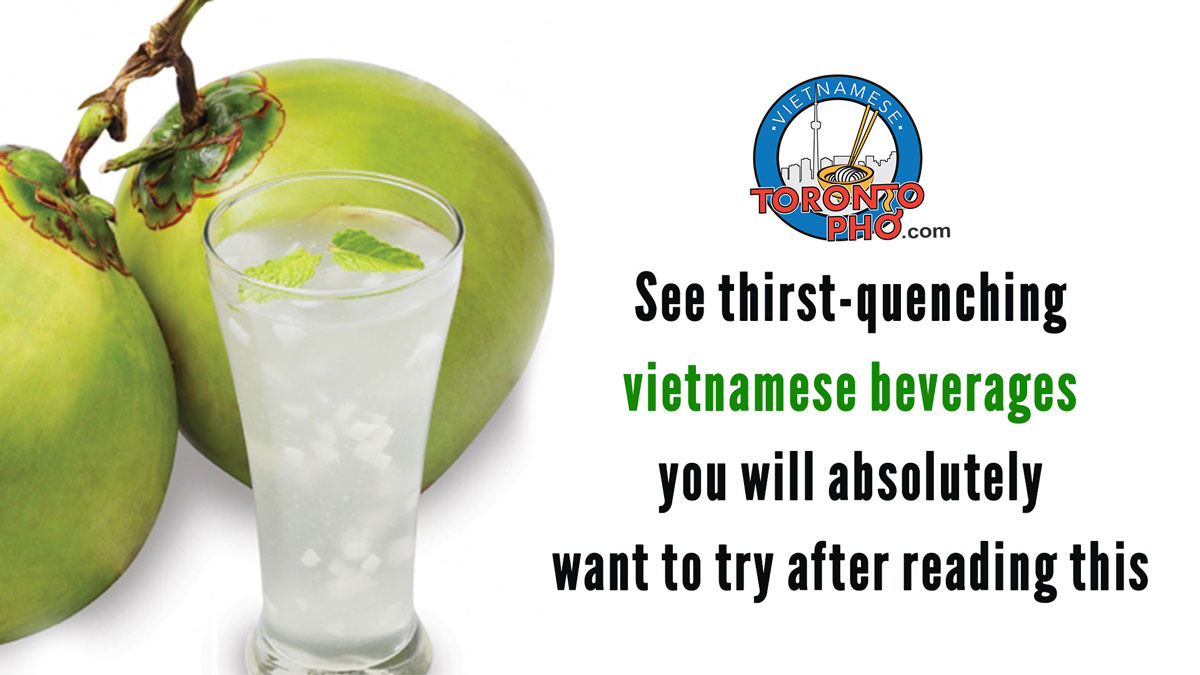
What to drink in Vietnamese cuisine. So much attention is paid to meals and methods of preparation. To quench your thirst, often you don’t know what’s available.
The often hot and humid climate of Vietnam is made for cold beverages. Browsing a menu of Vietnamese beverages, you will find drinks hot and cold. From local, trendy, and artisan beverages to traditional options. Here is the ultimate list of Vietnamese drinks.
Bia hoi
Bia hoi is a Vietnamese specialty draft beer. It is produced locally in Vietnam and often sold in small batches. It is produced in northern Vietnam, sold almost exclusively in this territory. Bia hoi gets brewed daily and is sold in fresh batches. It is light, with only 3% alcohol or under.
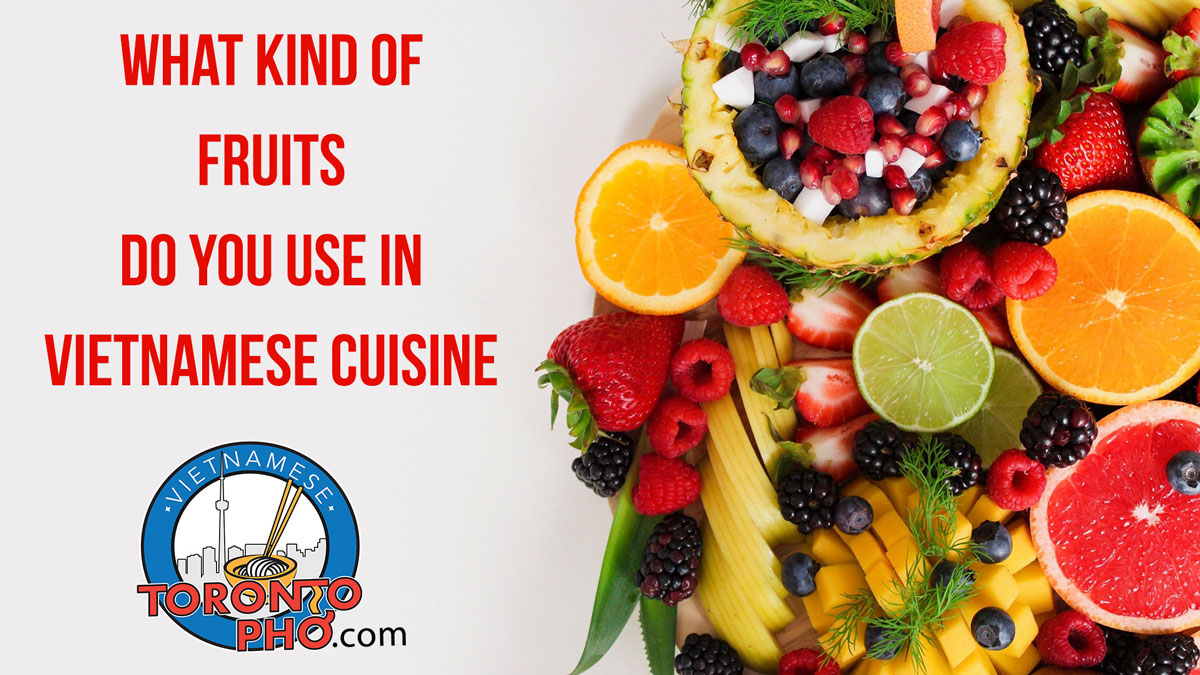
The distinct flavors of Vietnamese foods are often in the herbs used. Shrimp, fish paste, bean sauces, fresh herbs, and vegetables are routine ingredients.
Fruits in Vietnamese eating aren’t popular, at least when it comes to the dishes you expect. No fruits in pho. No fruits in rolls, stir fry meals, or rice plates. In restaurants in Toronto, fruit and Vietnamese cuisine don’t go together.
Even so, there’s a long history of using fruit in Vietnamese cooking. Southern Vietnam grows a variety of fruits and vegetables. They’re most often used in desserts or eaten fresh.
When do you eat fruit in Vietnamese culture?
You are most likely to find fruit in a southern Vietnamese meal. In the south, the freshness of ingredients is very important. Tropical fruits are used frequently. Mangosteen, mango, and dragonfruit are favourites.
Read more: What Kind of Fruits Do You Use in Vietnamese Cuisine – read here!

A meal often isn’t complete without a dessert. Some come covered in sugar. Others come in unique flavors inspired by fruits, vegetables, and natural ingredients.
Desserts in Vietnamese cuisine are sweet and delicious. Indigenous-inspired ingredients with elements of French cooking, there are over a half-dozen desserts worth a try. Unfortunately, Canadians haven’t heard of very many Vietnamese desserts. We want to change that.
Some desserts in Vietnamese cooking are very similar to their Canadian counterparts. That said, they carry slightly different tastes and an authentic presentation. Ethnic cuisines aren’t usually known for desserts. These though have to be shared.
Che
Che is a dessert beverage or pudding. It is made from beans and sticky rice. Che comes in varieties, sometimes associated with a specific fruit or bean. The beans used are either mung or kidney beans. Serve it hot or cold.
Common ingredients in che are tapioca, jelly, and coconut cream. Fruits used are mango, longan, durian, lychee, or jackfruit. Che is made at home but can also be shopped at many Vietnamese grocery stores.
Read more: See the Best Vietnamese Desserts Classic, Delicious, And So Tasty
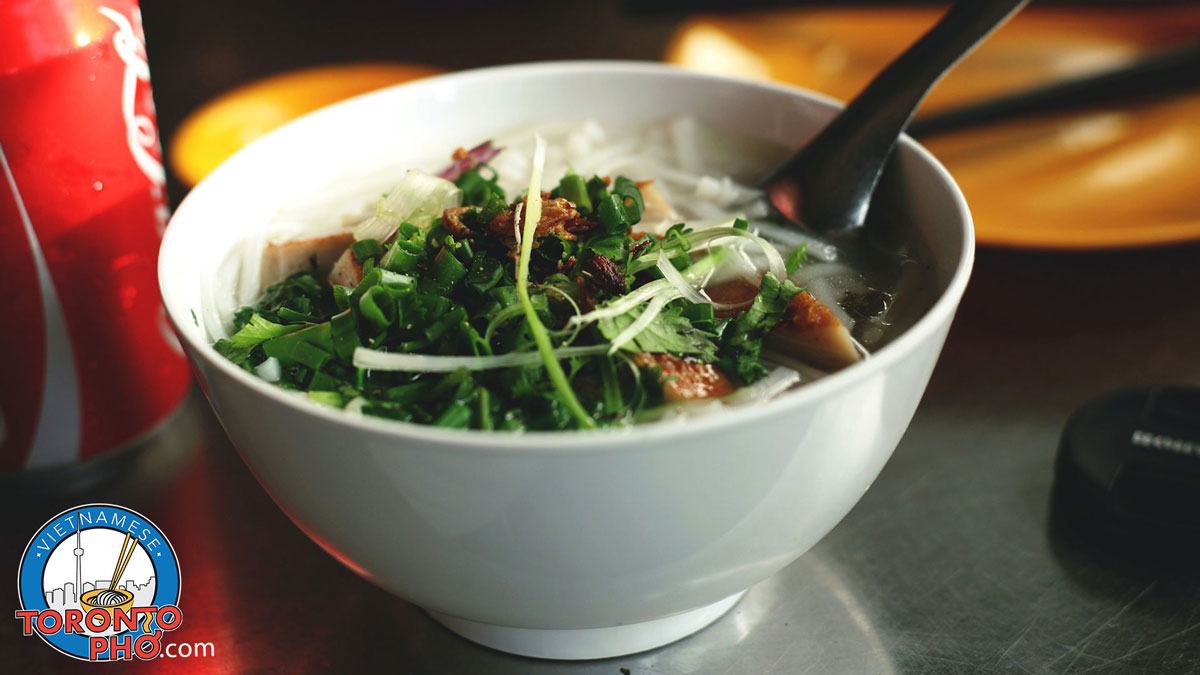
The mouth-watering dish that is pho in Toronto will warm you when it’s cold outside. It’ll also give your soul a kind embrace when things aren’t going so great on the inside. Pho is our favourite Vietnamese meal.
You may have seen pho advertised at a local Toronto Vietnamese restaurant. You may have enjoyed a bowl with friends. However you’ve come to it, it’s become a delightful winter dish throughout the GTA.
With winter coming to a close, as a tribute to pho, we compiled the most frequently asked questions about pho in Toronto. Here we go.
How do you pronounce pho?
Pho is spoken as ‘fuh’. Although newcomers will call it ‘foe’, the correct pronunciation is said as ‘fuh’.
Read more: Pho FAQ – All of Toronto’s Best Questions About Pho Answered
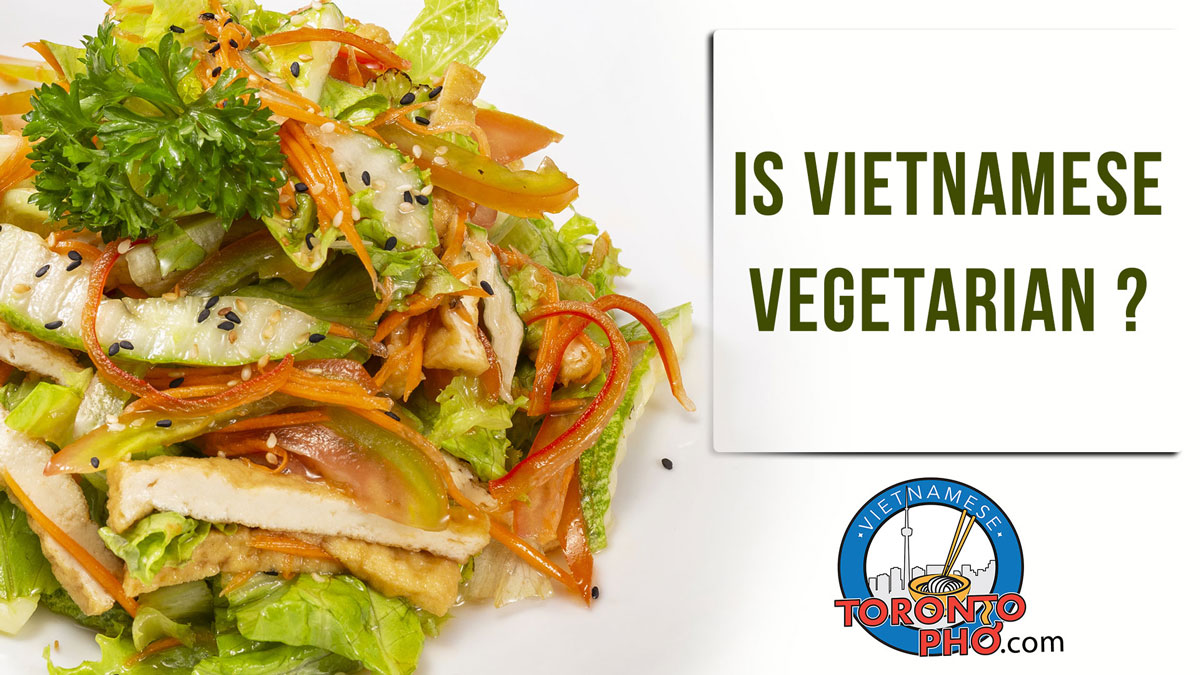
Cooking Vietnamese dishes, meat is a common ingredient. It’s in our pho, sandwiches, and dipping sauces.
Fish taken from the coastline and beef from our farms make regular appearances. Including protein in dishes like Vietnamese pho is a must. This doesn’t mean it’s not possible to eat as a vegetarian.
The rise in popularity of vegetarian and vegan lifestyles isn’t ignored. Many Vietnamese restaurants, street vendors, and family recipes have created modified versions of favourites. There’s vegetarian pho, in several varieties, as an example.
Can you be vegetarian eating Vietnamese cuisine – absolutely. Here’s some insight into how being a vegetarian in Vietnamese cuisine works.
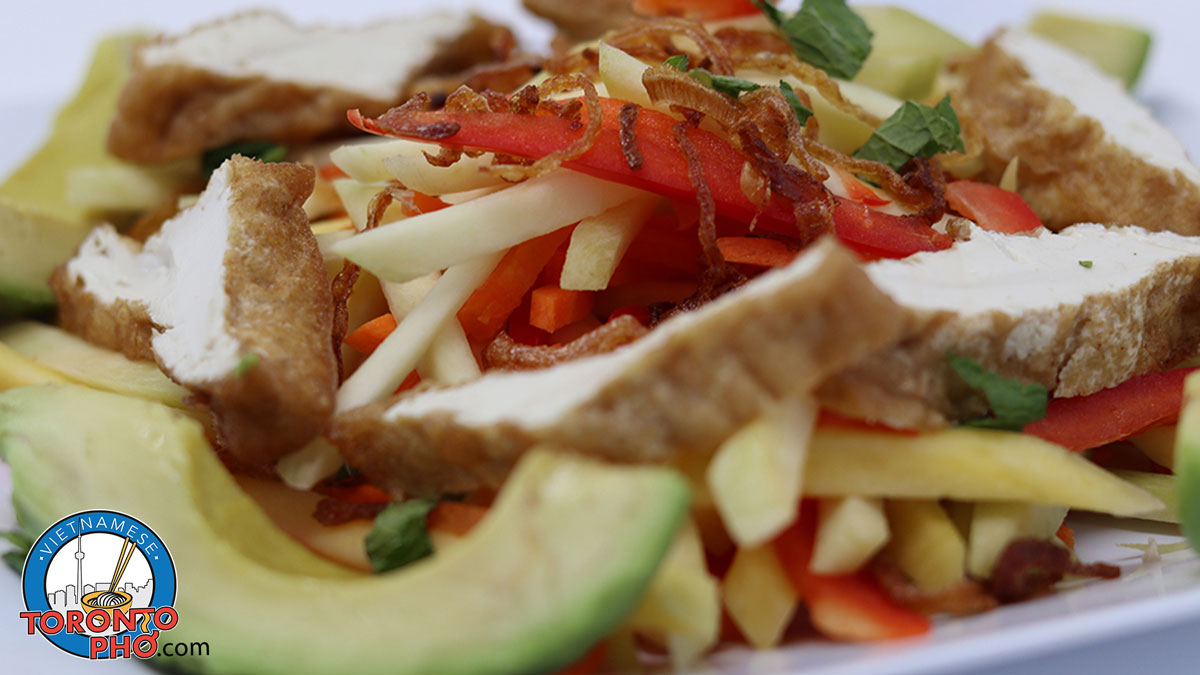
Indigenous salad in Vietnamese cuisine does not resemble what a lot of Canadians would expect it to look like. Referred to as ‘goi’ or ‘nom’, there are many varieties of salad in Vietnamese culture but what nearly all of them have in common is that they don’t resemble French nor Russian salads, both of which are common to families and restaurants in North America.
What is common between Canadian and Vietnamese salads is the use of fresh ingredients. Throughout Vietnamese cuisine, fresh herbs, vegetables, and sometimes fruit are very, very important. This isn’t a type of cooking that appreciates or tolerates stale, less-than-fresh ingredients. To give you an idea into what makes Vietnamese salad, here are the 10 most popular salads in Vietnamese cuisine.
Goi hue rau muong
Goi hue rau muong is a salad originating in central Vietnam that builds from a base of water spinach. This salad has a bit of a stigma as water spinach, for a long time, was considered a vegetable of the poor. Regardless, this salad is mixed with tomatoes, other vegetables, and is sautéed with chopped garlic, pork fat or oil, and fish sauce. It isn’t a centerpiece dish or considered a main course. Goi hue rau muong is most commonly served as a side dish.
More Articles ...
- What Influenced Vietnamese Cuisine – Where Is It From and the People Who Made It
- What is a Vietnamese Meat Dish – See a List of Our Favourites
- How Vietnam Villages Prepare Authentic, Fresh Ingredients for Use in Our Cuisine
- What Are the Best Vietnamese Wraps and Rolls – Try a New Cuisine You Will Adore!
Page 32 of 53

